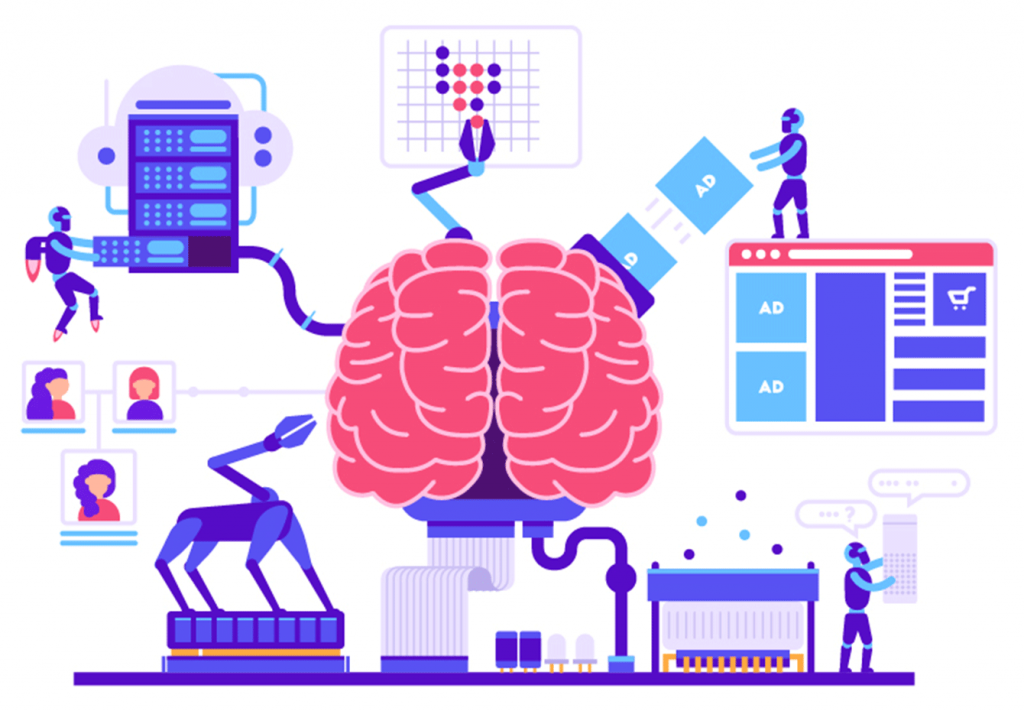The world is changing. Soon, it will be nothing like we’ve ever imagined. With rapid industrialization, there comes a need for automation. Automation increases efficiency, boosts production and reduces the need for labor. Automation has already caused many of the physical laborers to go jobless.
Automation, however, has one big obstacle. Robots can only do as much as humans have programmed them to do. Which means, no matter how efficient a robot is, there is always a need for human intellect.
Now think of a robot that can work, learn from experience and improve its efficiency of work based on past knowledge.
Machine learning is an art through which, instead of teaching your robot what to do, you teach it a few algorithms to learn, and then have the robot reach its own conclusion. For this article, the terms robot, computer and machine have been taken to be synonymous.
How do machines learn?
Imagine you have a machine and you want it to detect whether or not person X has diabetes. Let us say that having diabetes is dependent on how eight traits are variously related to each other. Keeping track of such complex relationships, containing eight separate features is extremely difficult for humans. But robots are more efficient at recognizing and storing patterns as they work via mathematical logic.
In order to teach this machine, you will need a dataset. Datasets can be created from a variety of sources. It basically is a database consisting of data on the different features and the actual outcome. For example, for a machine meant to determine whether or not a cricket player is a batsman, bowler or all-rounder, the dataset would probably need to have bowling data and batting data and the actual result (batsman/bowler/all-rounder).
After having the dataset, you need to train your machine. Unless you come up with your own algorithm, you would probably use one of the built-in-algorithms for machine learning on whichever environment (software in peasant terms) you use. This is done by dividing the dataset into test set and training set. We feed the feature data as well as the result into the machine during training.
The machine formulates a pattern on this basis. This means that the machine tries to figure out what to predict if someone has a specific set/trend of features. In order to test how accurately your machine can predict, you will use the test set.
Testing the algorithm
At this stage, feature data is fed into the machine but not the result. Based on previous trends, the machine is forced to predict an outcome. The outcome is then compared against the actual outcome. The machine is rewarded for being correct, and penalized for being wrong. From this, the machine can learn clearly if its predicted patterns hold.
The bigger the dataset, the more the test and training data, and therefore, the more robust the machine. However, more data means more processing time. Your machine will require a very good processor and GPU.
Now that the machine is built, here comes the easier part. You want to know if a player is a batsman, bowler or all-rounder. You feed the machine his batting and bowling trends. The machine responds.
If you are a newbie hoping to explore this field, try to learn about the most popular algorithms. Linear regression, random forest, Kth nearest neighbor are among the more well-known ones. A simple Google search can work wonders. On Youtube, the channel 3Blue1Brown has a very informative video on deep learning. Besides, Coursera provides a Beginner’s course by Andrew Ng for a fee.
The scopes of machine learning, deep learning and AI are huge. Technology has come a long way. If we can’t adapt, robots will, and we just might lose our edge.

